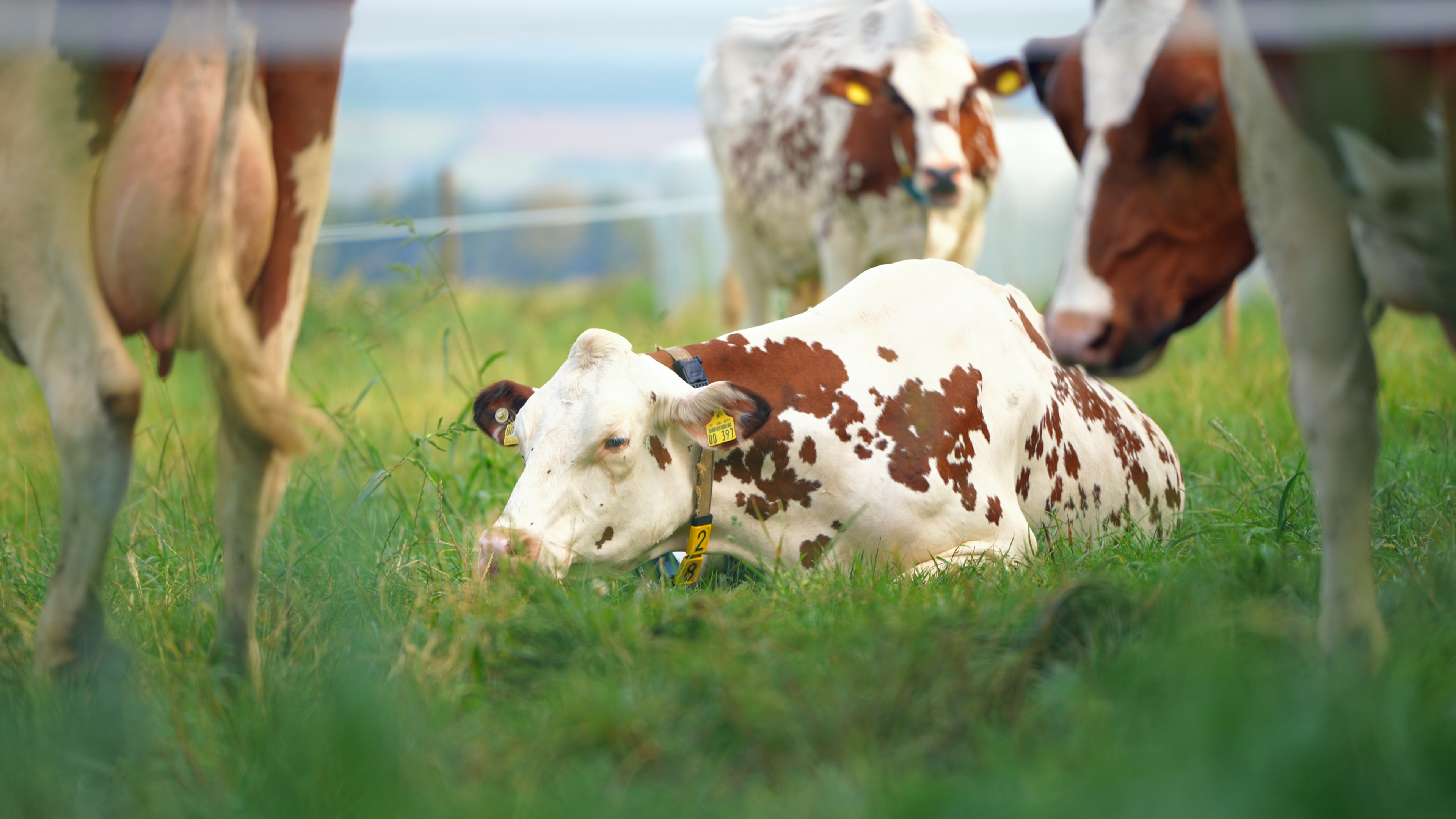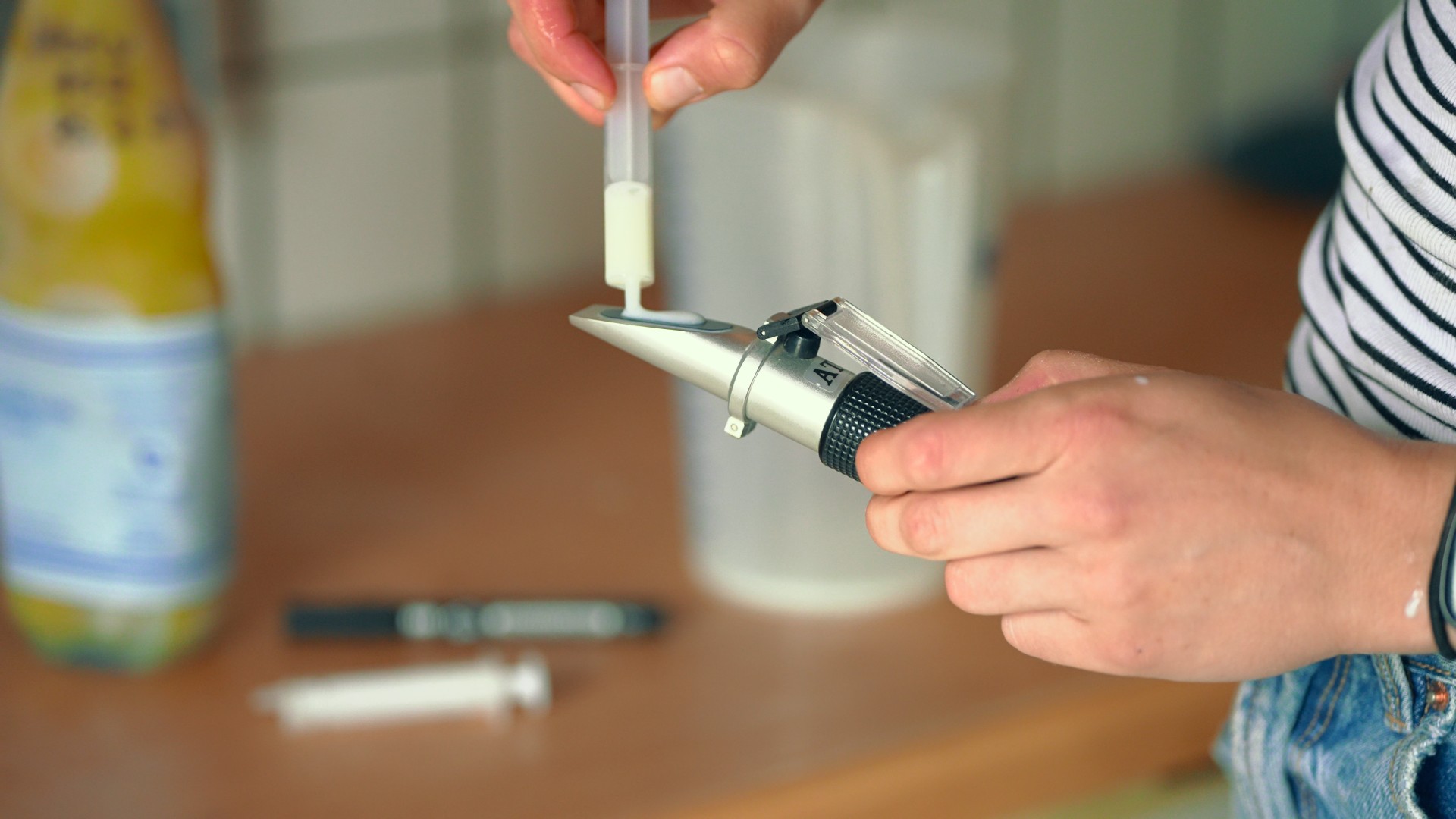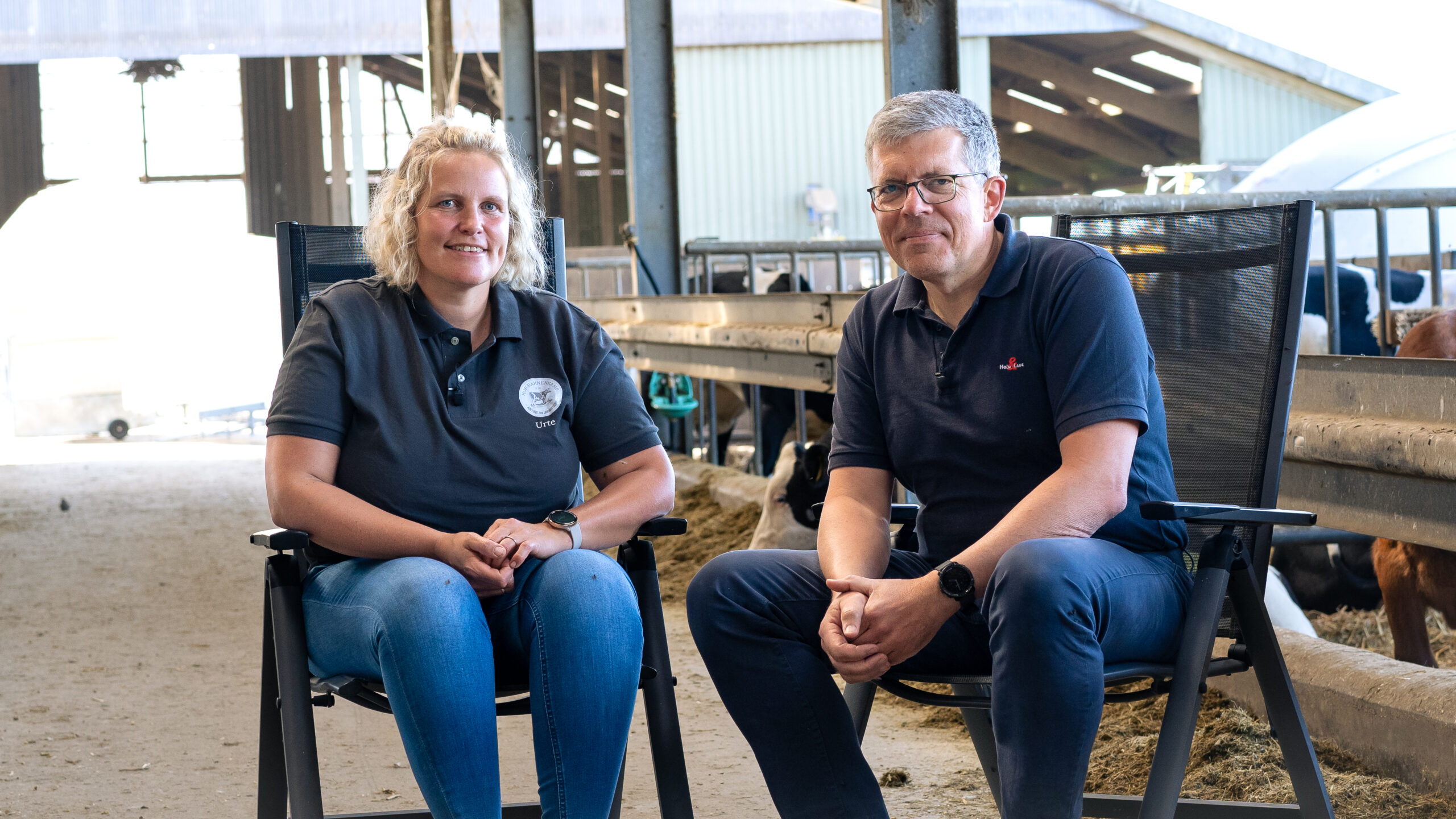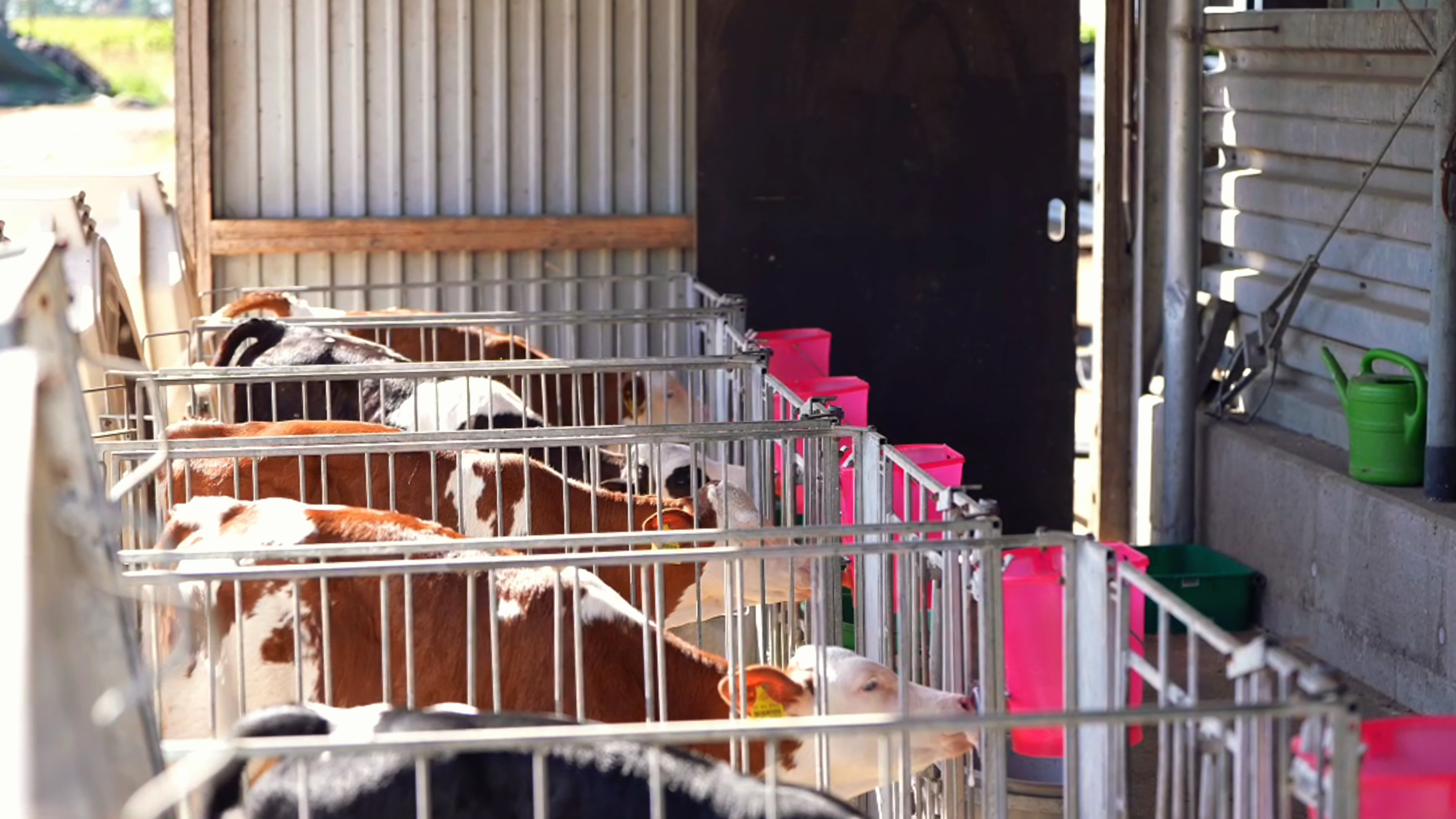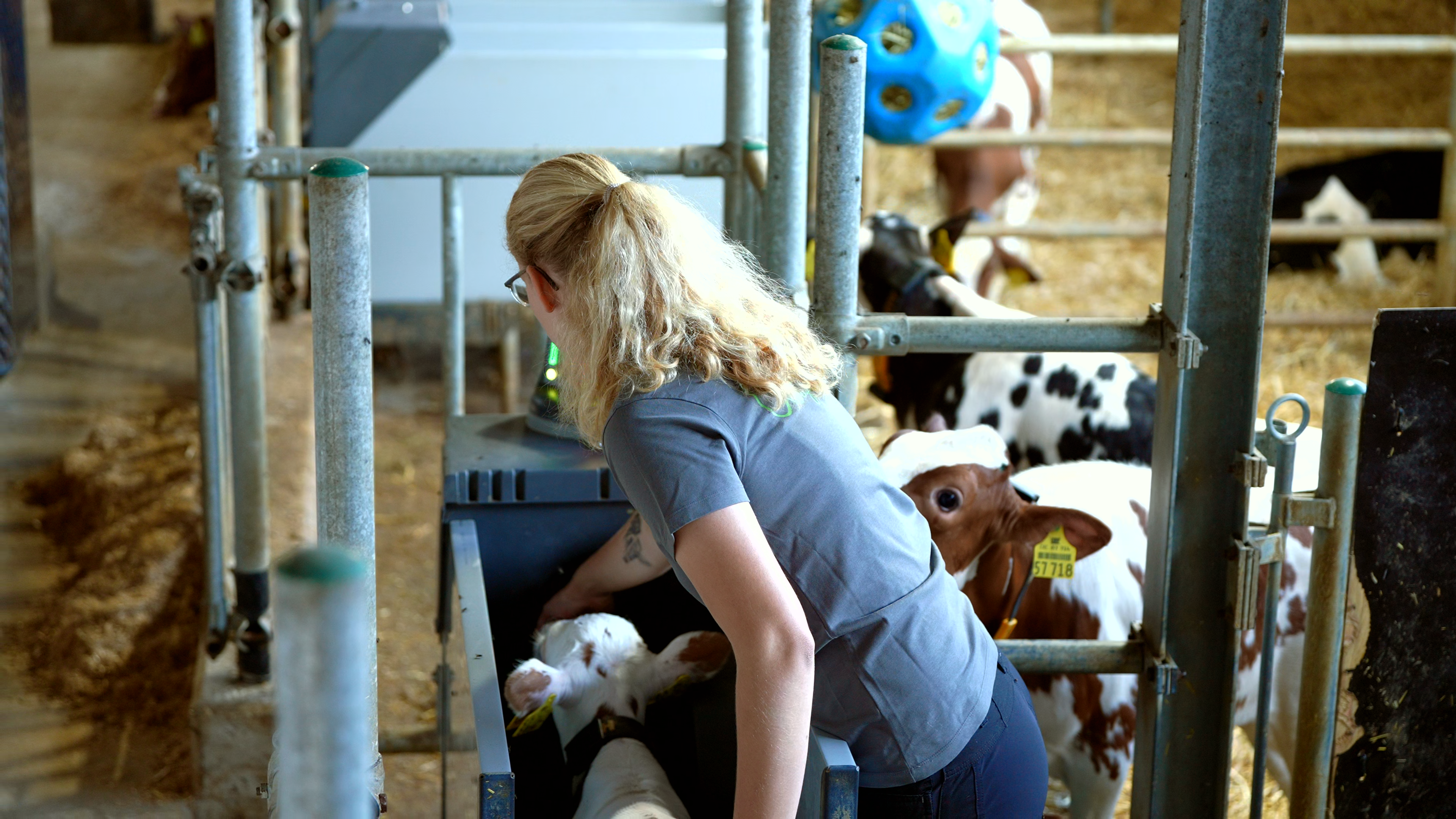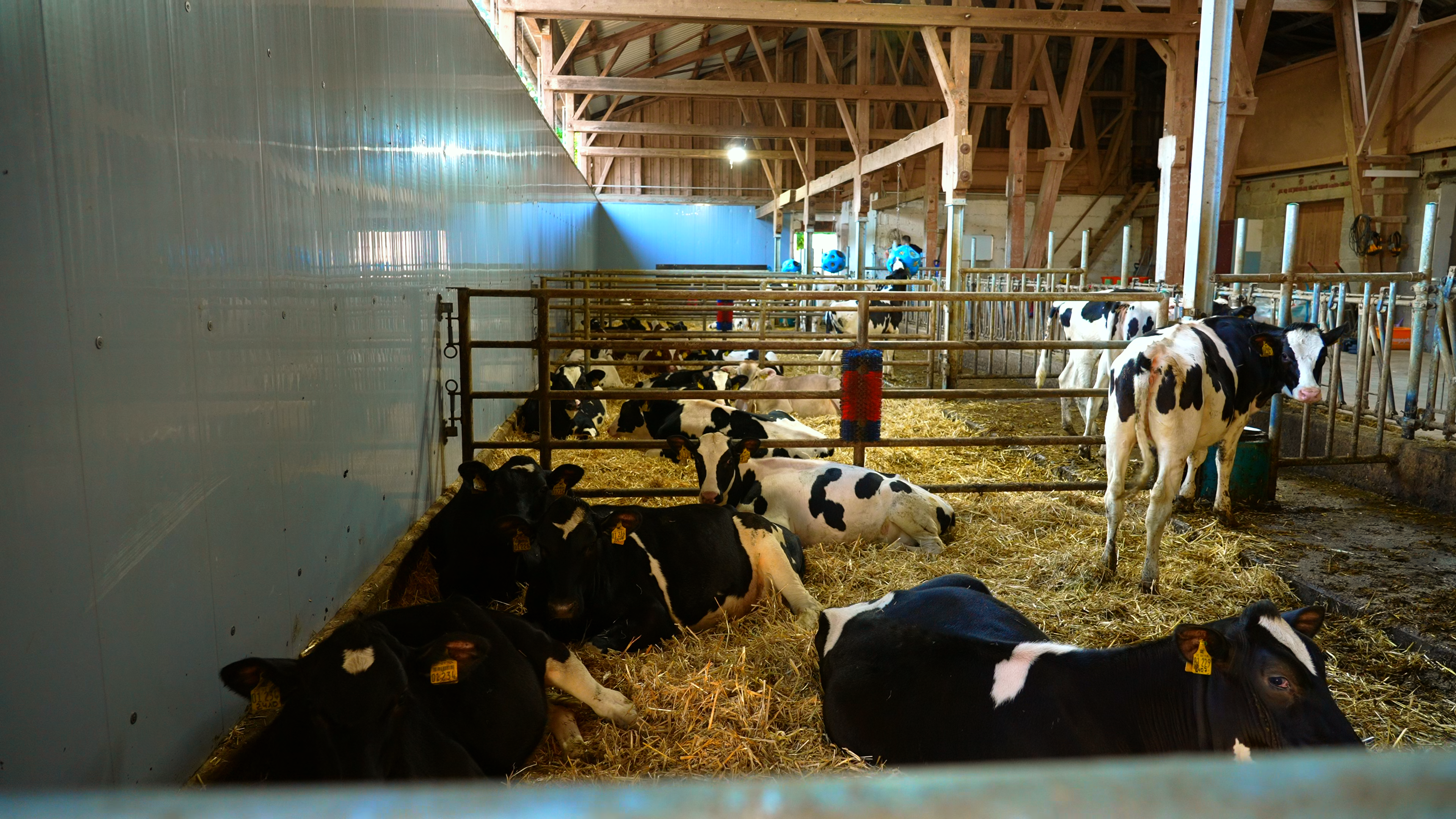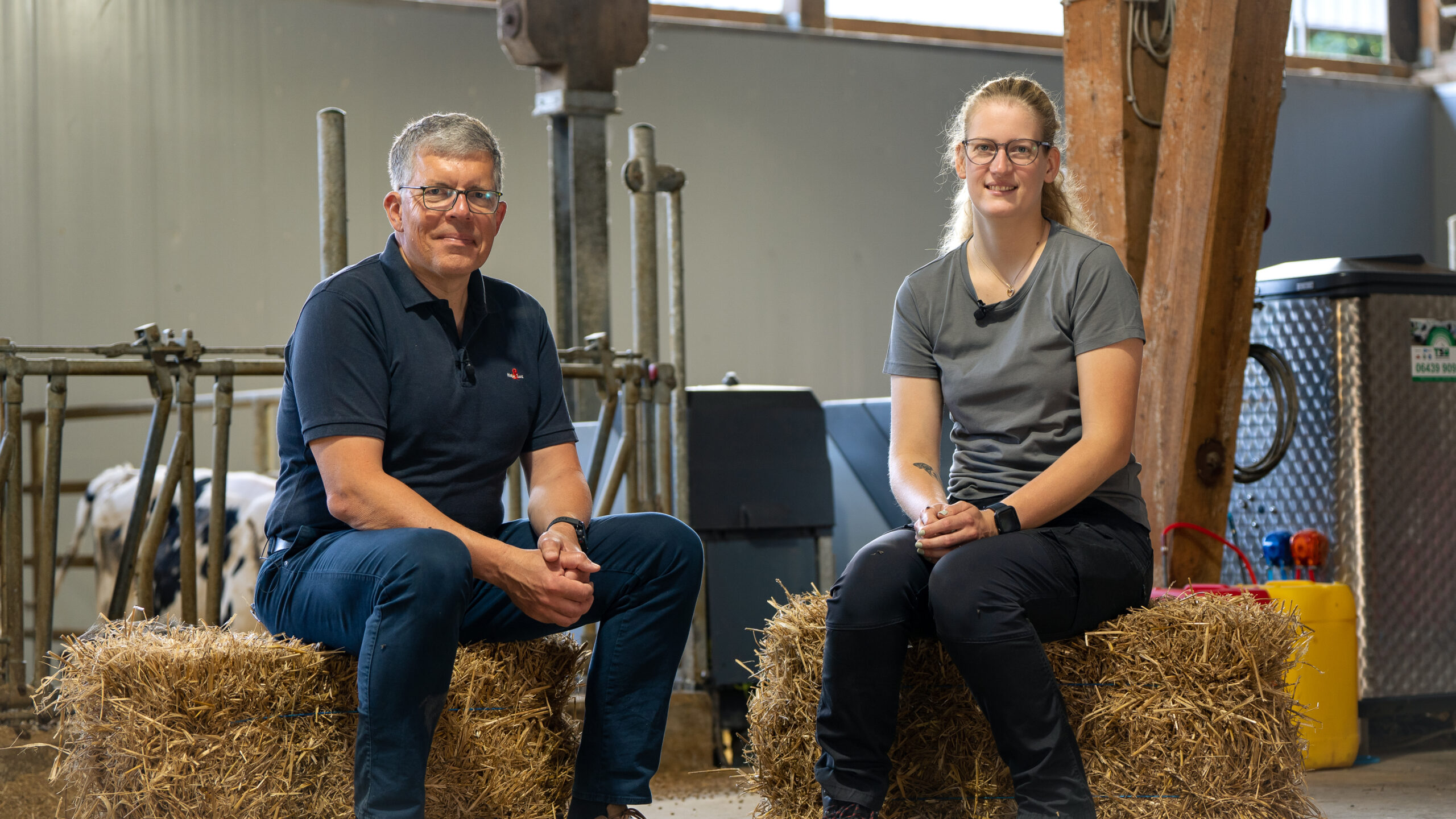Passionate about calves: we interviewed highly committed women involved in rearing calves – part 2
2. Juni 2025 — General InformationKathrin Schermuly: Carefree and efficient with CalfExpert
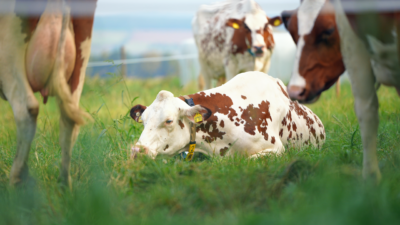
Kathrin and her father have been running the Schermuly GbR family farm together for two years, where they have 45 cows that graze in open pastures. During this time, they have significantly optimised calf rearing: they have transferred calves that were previously reared at another location to the farm, thereby greatly reducing transport distances.
They have also installed CalfExpert automatic feeders, which make it easy to provide hygienic ad libitum feeding.
Kathrin has organised calf rearing perfectly: after birth, calves are fed colostrum with a Brix value of at least 22 to 25%, preferably even higher.
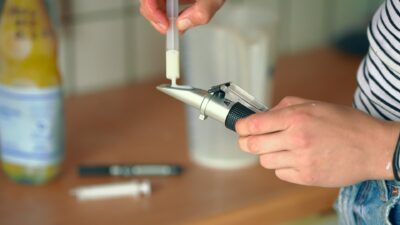
This is milked directly from the mother cow, but Kathrin also always freezes high-quality colostrum with a Brix value of up to 29%. She mixes freshly milked colostrum with frozen colostrum as needed. Calves are kept in individual pens with feeding buckets for the first five days. The buckets are kept full at all times so that the animals can feed ad libitum from the outset.
The calves are then moved to a small group where they are immediately introduced to the automatic calf feeders. Kathrin uses special teats for this purpose in order to make feeding more difficult and thus ensure high saliva production. Calves are subsequently transferred to a larger group, which is also equipped with CalfExpert, after a further four weeks.
She particularly likes the fact that the automatic feeder is easy to use and sends important warnings, such as changes in drinking rates or when calves stop feeding. The CalfExpert has made life so much easier for Kathrin and her parents – sick calves are now almost unheard of. A significant factor is the time saved, as Kathrin not only works for a company that manufactures biostimulants, but also plays second division football for SG 99 Andernach. This involves training four times a week during peak periods, so any technology that can help relieve the strain is invaluable. And since our local sales partner took care of the installation and programming of the equipment, Kathrin is now much more relaxed during training and in important league matches.
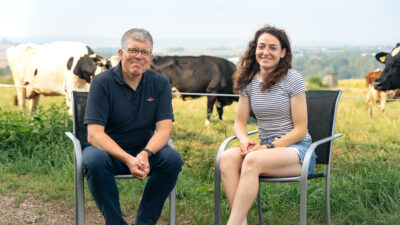
Watch our YouTube video to see how her team-mates share her excitement and how Kathrin manages to juggle all these different commitments.
Urte Schulz-Möllgaard: ‘Clean and fresh’ in calf rearing
Urte and her husband Jörg took over the Hof Hahnenkamp farm in North Frisia from outside the family in 2019. They split the tasks up fairly between themselves and closely coordinate their decisions.
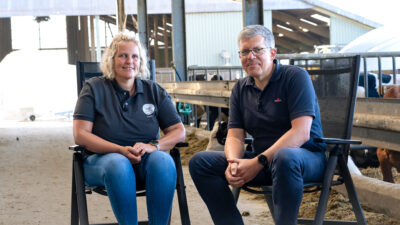
Among many other things, Urte has primary responsibility for the calves on the farm's herd of 180 cows. Their motto is: cleanliness, cleanliness, cleanliness. The calves should have the best possible start in life, and this includes high levels of hygiene.
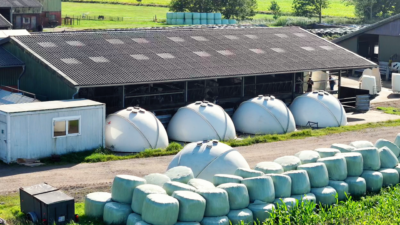
There have been virtually no sick calves since Urte and Jörg implemented this measure consistently in the calving box, the hutches and the large igloos. Watch our YouTube video to learn more about Urte's cleaning routine.
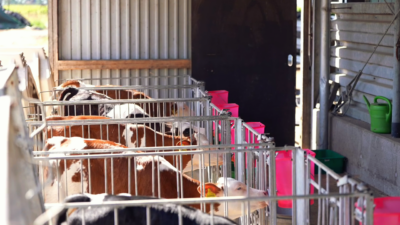
The calves are kept in individual hutches for the first 14 days of their lives. Urte appreciates the low risk of infection and, above all, the excellent monitoring options. They then move into Holm & Laue large-space igloos with plenty of fresh air, space to move around and a place where they can retreat. Urte finds the large igloos stand out thanks to their pleasant climate and the way they allow for really efficient working.
Hof Hahnenkamp is a 100% whole milk farm, and calves are fed their mother's milk for the first 3 to 4 days. Urte has observed that this significantly strengthens her calves' immunity. They are completely weaned after 16 weeks. Good care right from the start also leads to a good replacement rate of between 18 and 20%. Urte is rightly proud of her animals' longevity.
She also believes it important to promote a realistic image of agriculture among the general public. She deliberately draws the public closer to her work with her Instagram channel (@hof.hahnenkamp) and the numerous visitor groups that come to her farm. This is how she aims to demonstrate that agriculture is a passion involving a great deal of hard work. She hopes to combat negative preconceptions such as ‘farmers receive too many subsidies, mistreat animals and are much wealthier than they claim’. Another important aspect of her social media activities is interacting with colleagues. Urte enjoys sharing her experience and is eager to learn from others.
Alicia Weber: When healthy calves become good dairy cows with little effort
The issue of succession at the Waldhof farm in the Westerwald has been settled by 28-year-old master farmer Alicia Weber. She works alongside her parents and employees, milking 145 cows to produce an average annual yield of 11,800 litres.
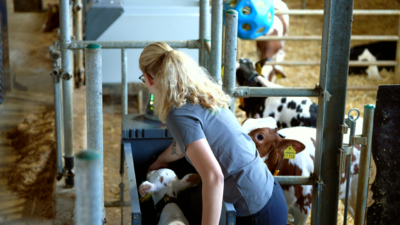
The family has always used calf feeders for feeding CMR, and a new feeder was purchased when the old building was renovated. Alicia sees the following advantages of CalfExpert: time savings, the ability to feed large quantities, no wasted milk, quantity monitoring and the ability to wean calves slowly and gently in small steps.
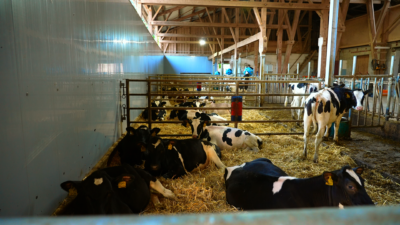
The calves are initially kept in individual pens for a few days and then, where possible, live together in small groups of just 6 animals – only in exceptional cases are there 7 or 8.
Alicia attaches great importance to the calf pens being mucked out once a week and provided with fresh bedding. This has significantly reduced the incidence of pulmonary disease, which otherwise primarily occurred during the winter months. Antibiotics are hardly needed any more. If a calf does catch a cold, it is usually only a mild infection. that can be quickly brought under control using small amounts of expectorants, which are automatically administered via the calf feeders.
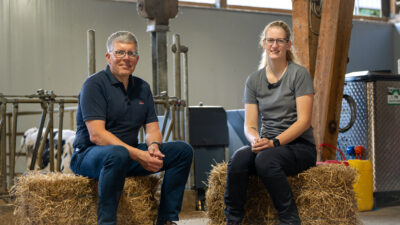
Alicia is really happy with the new conditions in the calf barn. You can see why she would still like to fulfil her wish for calf scales in our YouTube video.
Focusing on calves pays off
These examples show once again how worthwhile it is to invest just a little energy in calf rearing. A well-thought-out concept ensures healthy, fast-growing calves. that ultimately require significantly less work and, above all, develop into high-yielding dairy cows. This primarily involves hygiene, feeding plans and a boost to the immune system at the start of life (colostrum). The equipment available makes handling considerably easier.
Dear Kathrin, Urte, and Alicia, we would like to thank you all three so much for the wonderful impressions you gave us of your farms and of your work. We wish you continued enjoyment and success.

